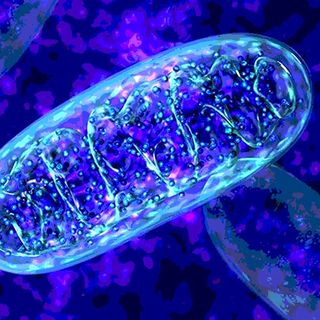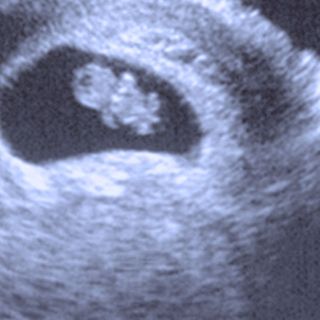
India’s Pending Oxytocin Ban Could Endanger New Mothers
A blanket ban on the synthetic hormone is not going to solve a misuse problem.

Over the course of this year, the government has proposed a series of measures to restrict the production and sale of the hormonal drug oxytocin, including banning all imports of the drug. These actions culminated with an order that would restrict all domestic manufacture and supply of oxytocin to Karnataka Antibiotics and Pharmaceuticals Ltd (KAPL), a state-run company, after July 1.
Now, the government has announced they will not enact this restriction until September (the import ban is already in effect), because of the negative effects a shortage would have on women who need to be supplied with oxytocin during childbirth. Though the government’s restriction is partially intended to prevent the misuse of oxytocin by the dairy industry, oxytocin is primarily used in assisting childbirth.
“The demand for the medicine is very high and since it is used during childbirth, it is needed in remotest of areas,” an official told Times Of India. “Therefore, distribution of medicine through KAPL is a challenge.” Sources told TOI that the health ministry may be reconsidering or restructuring the restriction over the next two months.
Oxytocin occurs naturally in humans, and is the hormone that induces contractions in women during labor. Contractions help a woman push the baby down the birth canal (and, in fact, small amounts of oxytocin also help women push blood down the uterus during menstruation). Oxytocin is administered to induce labor in women whose due dates have passed, as well as to abort fetuses in cases of miscarriage. It’s also given to women who have postpartum hemorrhages, which are a leading cause of maternal mortality in India. It is, as the American Academy of Family Physicians points out, the most effective drug for prevention and management of postpartum hemorrhages.
Oxytocin is often used to artificially induce vegetables to grow larger. But the ban on oxytocin is in large part due to its widespread misuse in the dairy industry. The hormone can be illegally administered to dairy animals, like cows and buffalo, to induce lactation when the animal would not otherwise be producing milk. But oxytocin causes animals’ uteri to contract, causing immense pain. In addition to raising animal cruelty concerns, milk from oxytocin-injected animals can be harmful to the humans who consume it.
There’s also a nationwide problem of oxytocin being improperly being administered to humans. As Livemint reported earlier this year, authorities believe it’s used to accelerate puberty in trafficked children. Studies in Karnataka have found that oxytocin may additionally be misused to unnecessarily speed up delivery in overcrowded government hospitals.
While there is indeed cause for concern with the many ways this hormonal drug is being misused, it seems inarguable that the shortages this ban would bring about would have grave consequences. Of course, there are alternatives for both inducing pregnancy and managing postpartum hemorrhages, but oxytocin is far and away the most effective. Additionally, it occurs naturally in the human body, and has the fewest side effects on mother and child.
These blanket restrictions are not the solution. The drug is already strictly regulated, but the laws unenforced. Dairy owners using oxytocin on cattle can be imprisoned for up to five years, but the law exists only on paper and violators are not penalized, Mid-Day reported earlier in the year. The government appears to be taking the easy way out. It certainly is simpler, legislatively speaking, to ban oxytocin altogether, than to enforce the existing law barring chemists from selling it without a prescription, or carefully monitor its administration in government hospitals — or, god forbid, address the overcrowding problem in the first place.
This decision feels like a callous one, one which favors easy outcome over consequence, especially given that the consequence will be the deaths of mothers across the country. India is currently making significant strides in decreasing the Maternal Mortality Ratio, but oxytocin shortages could very easily turn that around. But then again, this wouldn’t be the first time that our government acted in the cow’s interests over the human’s.
Urvija Banerji is the Features Editor at The Swaddle, and has previously written for Rolling Stone India and Atlas Obscura. When she's not writing, she can be found in her kitchen, painting, cooking, picking fights online, and consuming large amounts of coffee (often concurrently).
Related


Anticipating Stress Can Undermine Our Cognitive Abilities
